- < Experiment 16
-
Experiment 17 v4
- Experiment 18 >
Firing paper balls from a catapult

Can you create a catapult that can launch paper balls to a distance of five metres or more?
Purpose
This experiment gives children an opportunity to measure distance in metres.
The child will learn how to create a catapult and to determine its effectiveness.
You need to know
- how to measure distance in metres
You will need
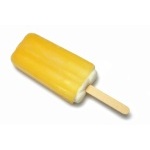

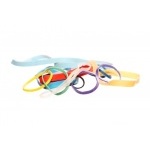


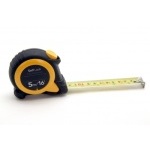
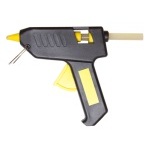

Steps
- Bind around 6 to 10 lolly sticks with rubber bands to form your catapult base.
- Create the catapult arms by binding two lolly sticks with a rubber band on one end.
- Slip the catapult base in between the arms as shown below. Secure it with more rubber bands.
-
Attach your plastic spoon using rubber bands or hot glue to serve as the catapult launcher.
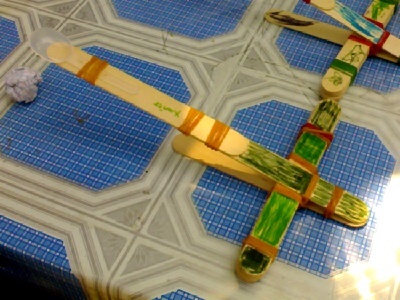
- Test if your catapult can throw paper balls five metres or more. If necessary, adjust it to give it more power.
Questions
- What's the longest distance the catapult launched the paper balls?
- What adjustments did you make to give your catapult more power?
Expected answers
-
Answers could vary here. What's necessary is to guide the child make the right measurements.
-
The idea behind this is to achieve a design that will allow the catapult to store more energy before it launches the ball.
Making the catapult arms or the catapult base thicker are the best possible answers here.
Making the catapult arms longer may help in some cases depending on the size of your lolly sticks.
Explore further (optional)
Try other materials and designs to create other catapults, and test which one launches paper balls farthest.
Tips for further exploration
You can find other designs for creating catapults on the Web.



